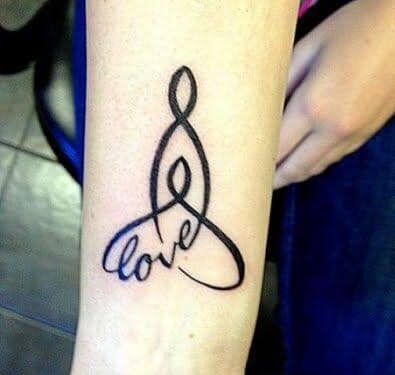What is absolutely incredible is how differently a variety of societies all across the world see tattoos. However, we in the United States have a troubled past with them; in several other cultures, they are considered a representation of innocence. They can serve as a rite of passage, which is important for maintaining social acceptability. They might be the only way to achieve the goal of being considered lovely. Additionally, they might be symbolic of a religious rite.
The few who have only ever been exposed to the American conception of tattoo culture are in for a lot of eye-opening experiences when they travel abroad. The following is an overview of how many cultures around the world perceive tattoos. You can get them at a laser and skin clinic in NY.
Maori
The Maori people of New Zealand are well known for their Ta Moko tattoos, which customarily cover the lips, chin, and occasionally even the nostrils of men. Women, on the other hand, only have tattoos on their lips and chin. There are still a lot of people that have tattoos, but these days most people like to get them on their upper chest, shoulders, or arms. They were initially used as representations of social position, rank, prestige, and authority. Even in modern times, they are venerated and performed in rituals, and some people view them as a component of their rite of passage to maturity.
Samoan
Pea is a traditional Samoan tattoo for men, and its length typically extends from the waist to the knees. Malu, on the other hand, is a more elaborate design, and its length typically extends from the knees towards the upper thy. For Samoans, these denote respect, honor, rank, communal pride, status, and power. Additionally, they indicate a person’s level of status.
Romans, Greeks, and Other Civilizations
In different cultures, tattoos can have quite different meanings; for the Romans, for example, getting a tattoo was typically a sign of terrible news, not something to be relished. It is believed that this organization utilized tattoos not only to brand fugitives only with the letter “F” but also to mark slaves who were designed to work in mines and criminals who have been forced to fight in gladiator displays. These tattoos of shame were created on the hand, face, arm, or calf, depending on the location. Ask the best artist at the laser and skin clinic in NY about this.
The Anglo-Saxons made use of a variety of different signs and letters for the same kinds of objectives, which included marking those who had defied the law or who were just destitute vagabonds. In the early American colonies, slaves, those who attempted to escape their masters or steal their property, and anybody else who had been tattooed in order to permanently brand them continued to be identified in this way.
Northern Africa
As a result of the region’s strong Islamic influence, tattooing is frowned upon and has been for a long time. It is believed that getting a tattoo is the same as writing graffiti on one’s body and that this is a blessing from Allah. In spite of this, research conducted in the early twentieth century shows that there was a sizable traditional tattoo culture in several regions of North Africa, including Libya, Morocco, Tunisia, Egypt, as well as Algeria, at various points in recent history.
Sak Yant
Tattooing on the skin of traditional Thai geometric shapes is known as Sak Yant in Thai. As Buddhism spread throughout Thailand and the rest of Asia, ancient shamanistic practices mingled with Buddhist teachings at some point, giving rise to this practice. These tattoos, which are referred to as magical tattoos, are only applied by certain Buddhist monks known as Ajarns who have received training in this particular art form.
The Sak Yant tattoos are a combination of Buddhist psalms and prayers, shamanistic spells, and sorcery, and they are used to control the five elements of creation: fire, water, wind, earth, and the spirit of Buddha. These tattoos are meant to be permanent. They were worn by monks during combat to defend them, and the monks frequently researched the magical powers of these items. According to legend, the warriors’ tattoos bestow upon them the qualities of good fortune, strength, bravery, and protection from evil.
Getting a Tattoo in Japan
Tattoos have a tumultuous and convoluted history in Japan. Anybody that has traveled to the island nation has probably noticed the signs that state “no tattoos allowed” at public bathing facilities, saunas, gyms, and other types of establishments.
As it turns out, a significant portion of Japan’s antipathy against tattoos can be attributed to the yakuza, sometimes known as the Japanese mafia. Irezumi is the term for Japanese tattoos done in the traditional style? The beginning of the complicated relationship which the Japanese have with tattoos may be traced back to the 1600s when the government mandated that all criminals should be tattooed in order to be sentenced to bokken (jail). Because of this, it would be challenging for them to once again become accepted in society. The practice of marking products continued for more than 200 years.
Visit the best laser and skin clinic in NY that can give you the best tattoo.
